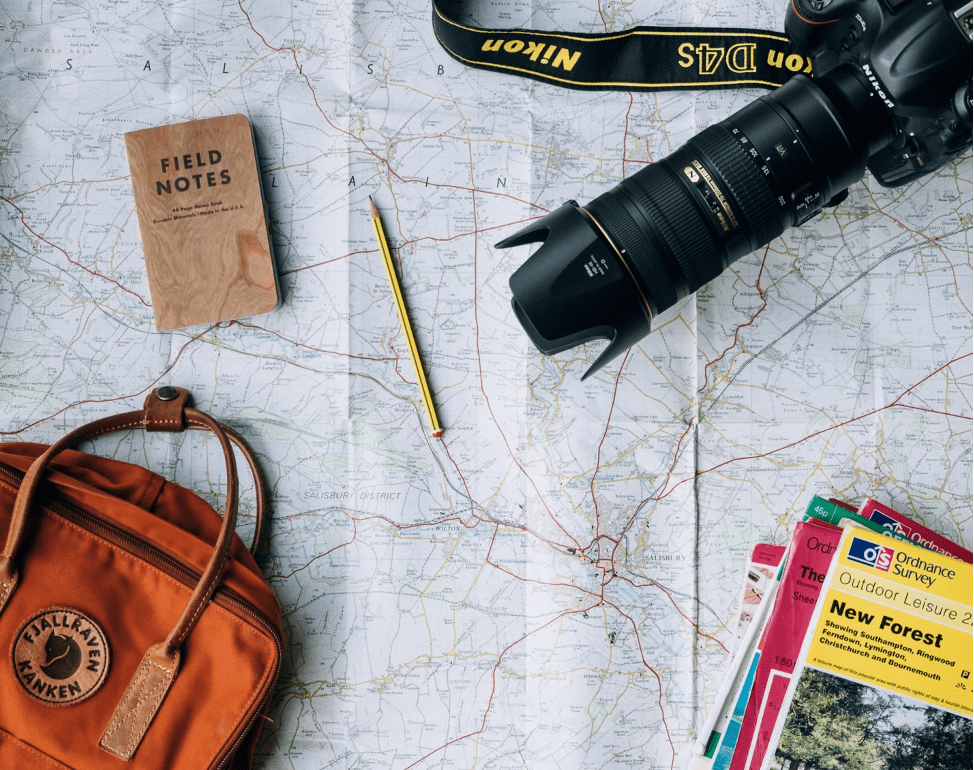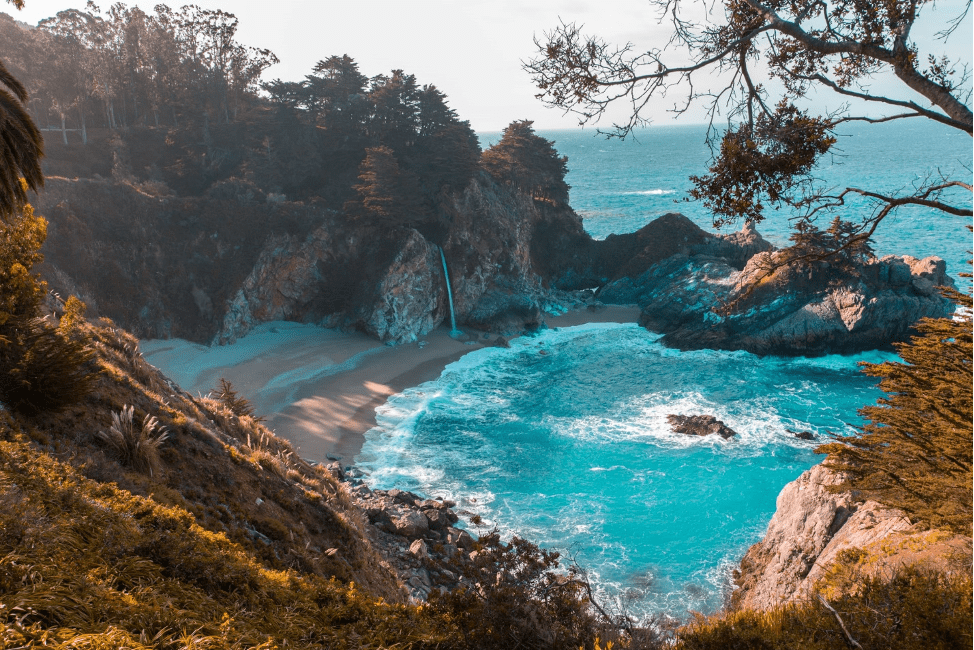The people who live in the Scandinavian region are mostly Norwegians, Swedes, Finns, and Icelanders. Aside from them, the Sami people have settled down in the region near the Arctic Circle. The region is famous as Lapland. However, it would always be better to call them Samis, just as they would like. The oppressors attached a racist name to this community to marginalize them. The Samis prefer to call themselves the sons and daughters of the Sun. According to some academics, the Samis have existed since the Stone Age, i.e., some 10,000 years back.
Did Santa Claus Descend from Samis?
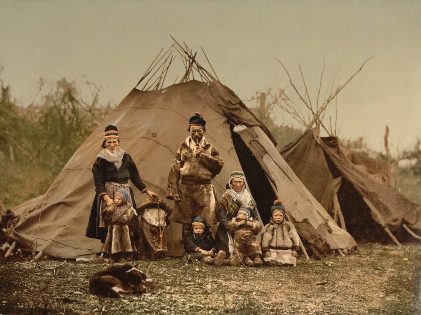 Is Santa one of them living with the reindeer just like the Samis? Does he have a nomadic background, just like the Samis? Researchers Paul Ruck and Lawrence Millman, the rotund old man we all know as Santa Claus, who comes from the North Pole in a reindeer-pulled sled, was born in the Sami community somewhere between Finland and Sweden. They claimed that it’s possible to trace his origins to the Sami people’s Shamanic traditions. Who are these Sami people? Let’s find out.
Is Santa one of them living with the reindeer just like the Samis? Does he have a nomadic background, just like the Samis? Researchers Paul Ruck and Lawrence Millman, the rotund old man we all know as Santa Claus, who comes from the North Pole in a reindeer-pulled sled, was born in the Sami community somewhere between Finland and Sweden. They claimed that it’s possible to trace his origins to the Sami people’s Shamanic traditions. Who are these Sami people? Let’s find out.
Who are the Samis and What They Do for a Living?
The Samis are a close-knit community that lives in small villages as nomads and thrives on fishing or reindeer farming. They somehow developed the habit of summer migration. Following the footsteps of the herds every year. This is a natural and healthy habit and is beneficial for both parties. Nomadism can be precarious and is not that prevalent in today’s times.
There has been a continuous change over the last six decades or so. Nomadic tribes are settling down, and that’s a common trend in the present times. While the Inuits and the Yupiks happen to live in the Igloos, the Samis’ style closely resembles that of the Native Americans, despite sharing the same climate.
The Sami Way of Life
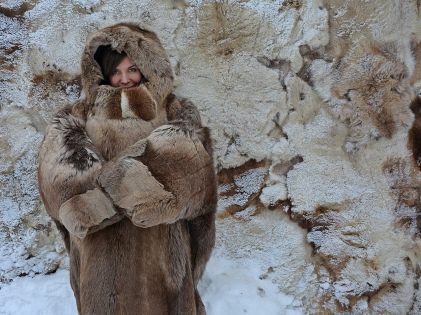
The activities of the Samis seem to have diversified with time. Leaving out those who have chosen sedentarism, the rest of the tribe has opted for the fish and meat trade. The Sami community has produced everything required for a culture to sustain, such as leather, fabric, animal skin clothes, carriages, sleds, jewelry, adornments, musical instruments, and wooden utilities. Additionally, they are also involved in tourism and creating small souvenir items.
The reindeer happens to be a key component of their lifestyle. Just like the Quechuas with the llamas, the Gauchos with the horses, and the American cowboys with their cattle, the Samis don’t keep their herds at a fixed place. They are left free. The women from the tribes take up a full-time job as a doctor, teacher, or journalist to make up for the deficit in family income from reindeer herding.
Are They Shamans or Puritans?
The Samis are both Shamans or Puritans since they are quite close to the natural elements. However, person Lars Levi Laestadius imposed Puritan Christian doctrine that comes from Lutheranism. Nevertheless, some of the Samis have returned to shamanic animism. They believe that there is a soul in every component of nature. And it is important to ensure a harmonious functioning between them.
The Struggle of the Samis
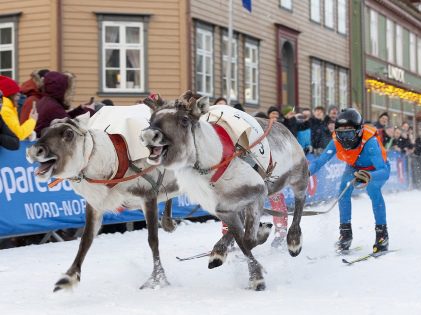 More and more Samis are now moving to the old religion. In short, they are returning to their roots. Besides sustained Christianization, Sami also lost their lands to benefit the monarchies.
More and more Samis are now moving to the old religion. In short, they are returning to their roots. Besides sustained Christianization, Sami also lost their lands to benefit the monarchies.
However, that was not the end of it. According to sources, the Swedish crown imposed a tax on them from the 16th century to use the resources from the Sami territory. The Samis have set up their own social and political institutions. In 1977, Sweden recognized them as indigenous people. According to the Swedish policies, the Sami culture is famous for its reindeer herding.
In reality, that’s quite a narrow framework. The Sami Parliament Act of 1992 gave the Samis independence from the restrictions imposed upon them by the Swedish state. According to the Act, the identity of the Sami tribe is not anymore related to reindeer herding. The Samis is now an amalgamation of language, religion, heritage, values, and traditions.
But the Samis are still oscillating between rejection and recognition. However, unlike Norway, Sweden and Finland are yet to ratify Convention No. 169 of ILO on the rights of the Indigenous tribes and people. And therefore, it is still illegal for the Samis to own lands.



